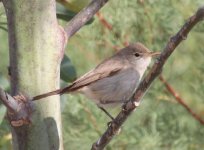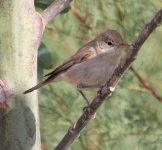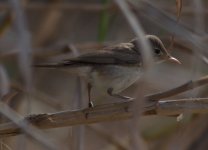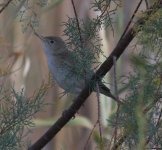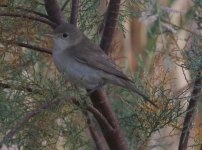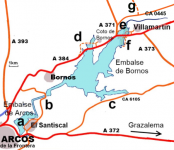opisska
rabid twitcher

This bird appeared in a place where a WOW song was clearly heard and reacted to the respective tape, but I am still not sure whether it actually is one. In some shots, it looks rather disturbingly rufous, but I am being repeatedly told that this is not a very reliable thing in photos, so maybe it is still good?




